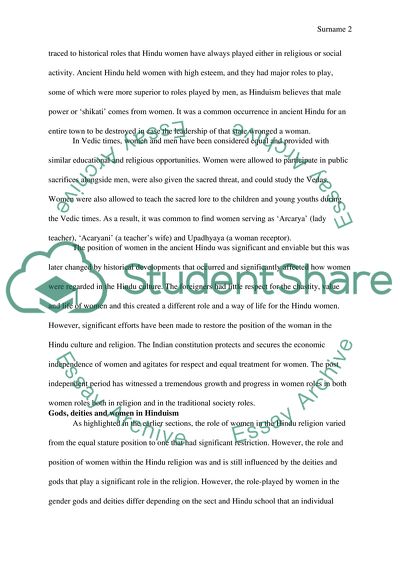Cite this document
(Women's role in Hinduism and Judaism Research Paper Example | Topics and Well Written Essays - 2000 words, n.d.)
Women's role in Hinduism and Judaism Research Paper Example | Topics and Well Written Essays - 2000 words. https://studentshare.org/anthropology/1813160-womens-role-in-hinduisim-and-judaism
Women's role in Hinduism and Judaism Research Paper Example | Topics and Well Written Essays - 2000 words. https://studentshare.org/anthropology/1813160-womens-role-in-hinduisim-and-judaism
(Women'S Role in Hinduism and Judaism Research Paper Example | Topics and Well Written Essays - 2000 Words)
Women'S Role in Hinduism and Judaism Research Paper Example | Topics and Well Written Essays - 2000 Words. https://studentshare.org/anthropology/1813160-womens-role-in-hinduisim-and-judaism.
Women'S Role in Hinduism and Judaism Research Paper Example | Topics and Well Written Essays - 2000 Words. https://studentshare.org/anthropology/1813160-womens-role-in-hinduisim-and-judaism.
“Women'S Role in Hinduism and Judaism Research Paper Example | Topics and Well Written Essays - 2000 Words”. https://studentshare.org/anthropology/1813160-womens-role-in-hinduisim-and-judaism.


